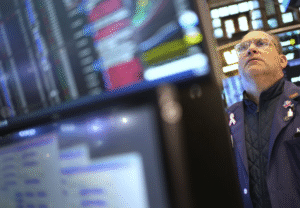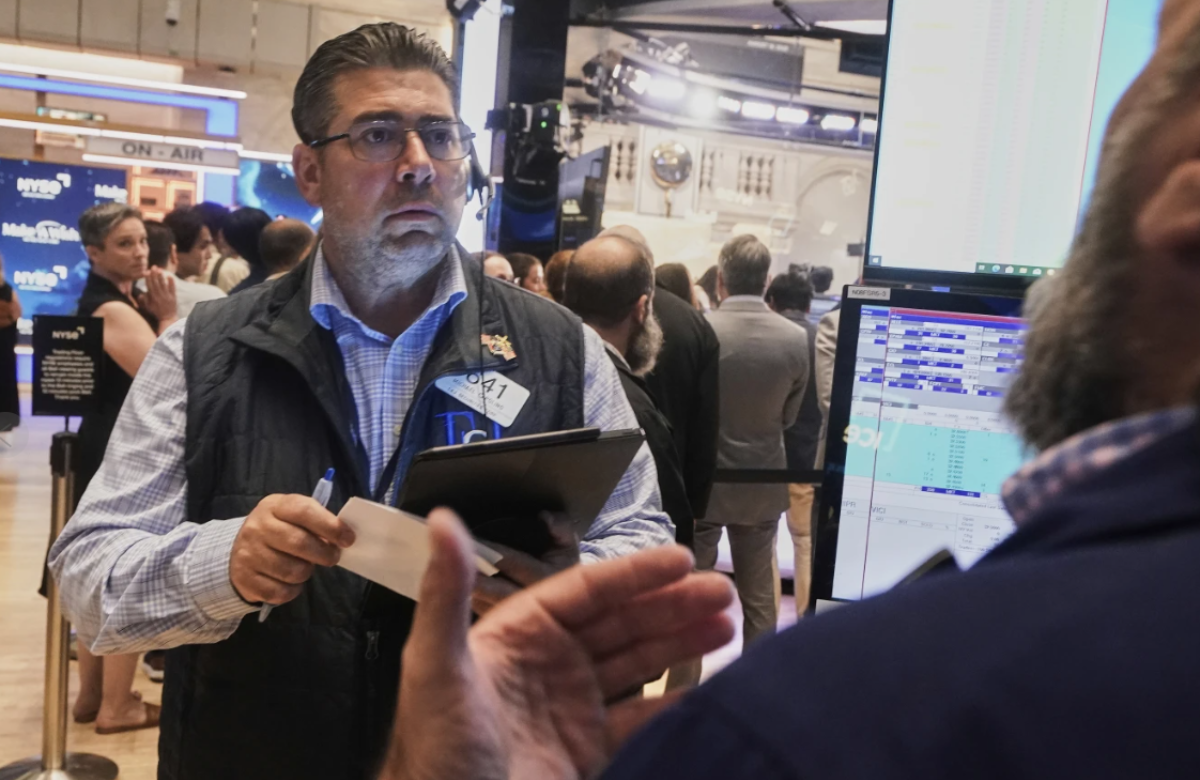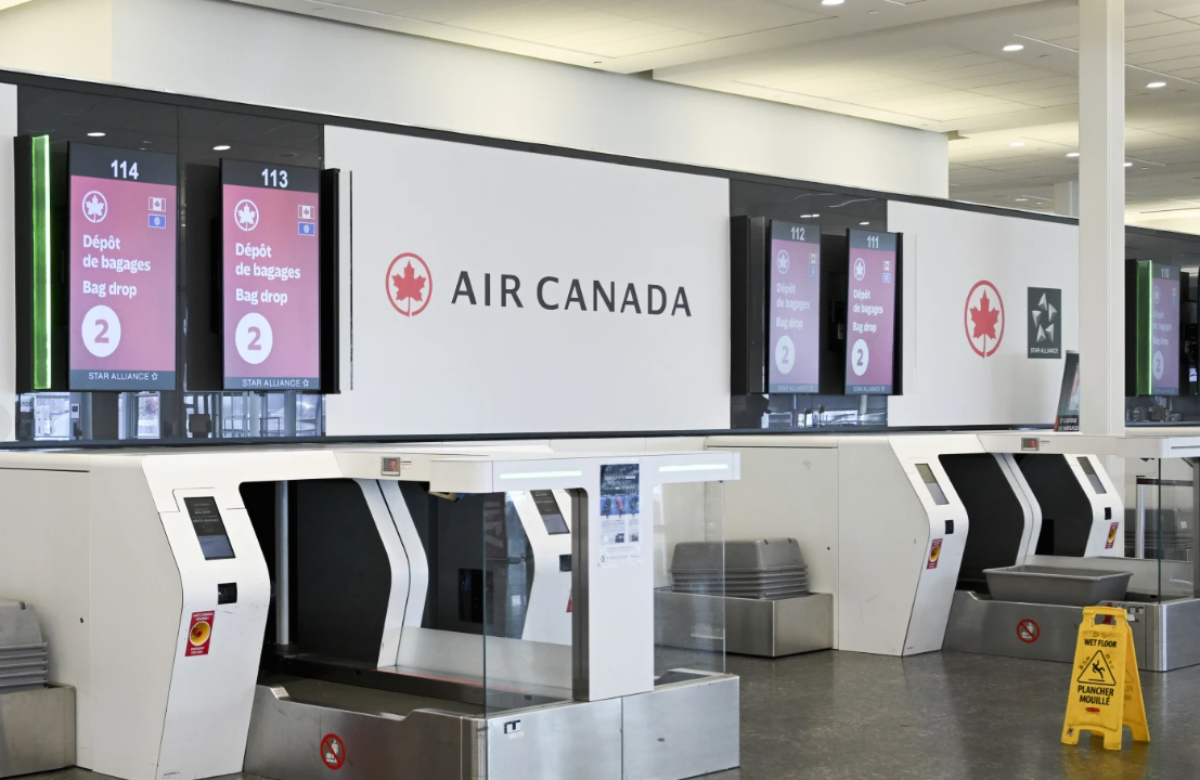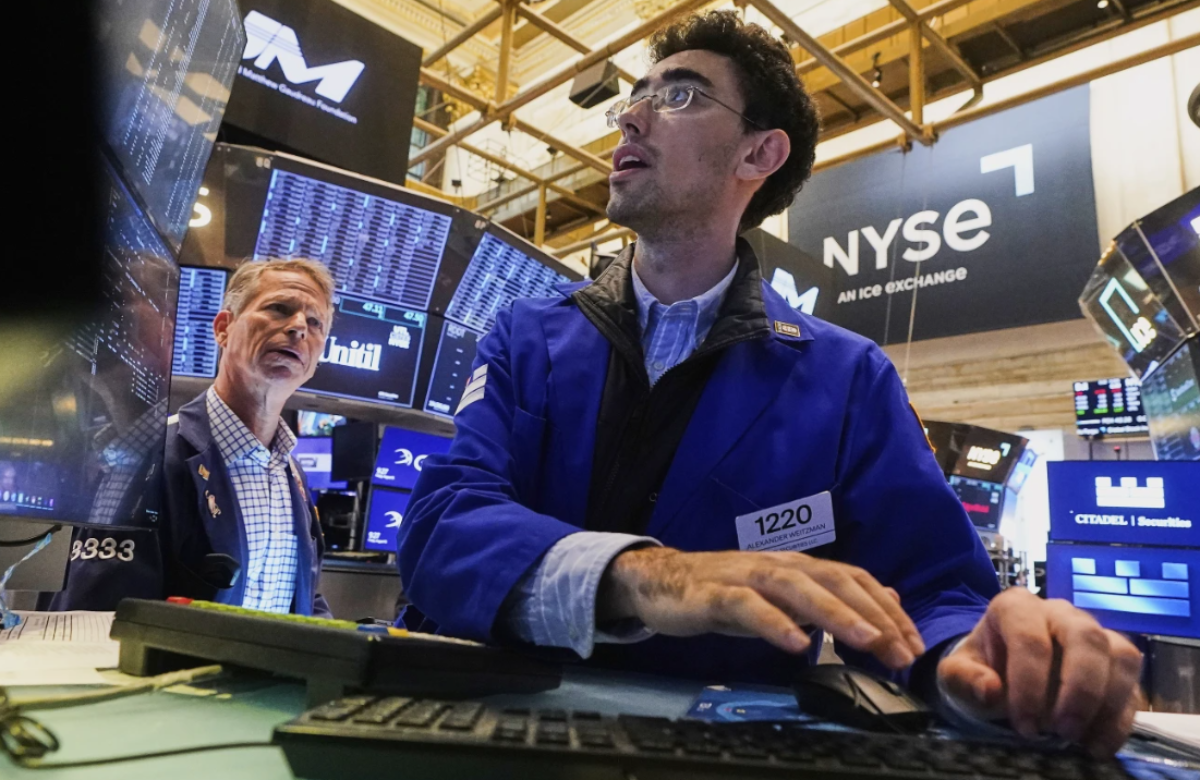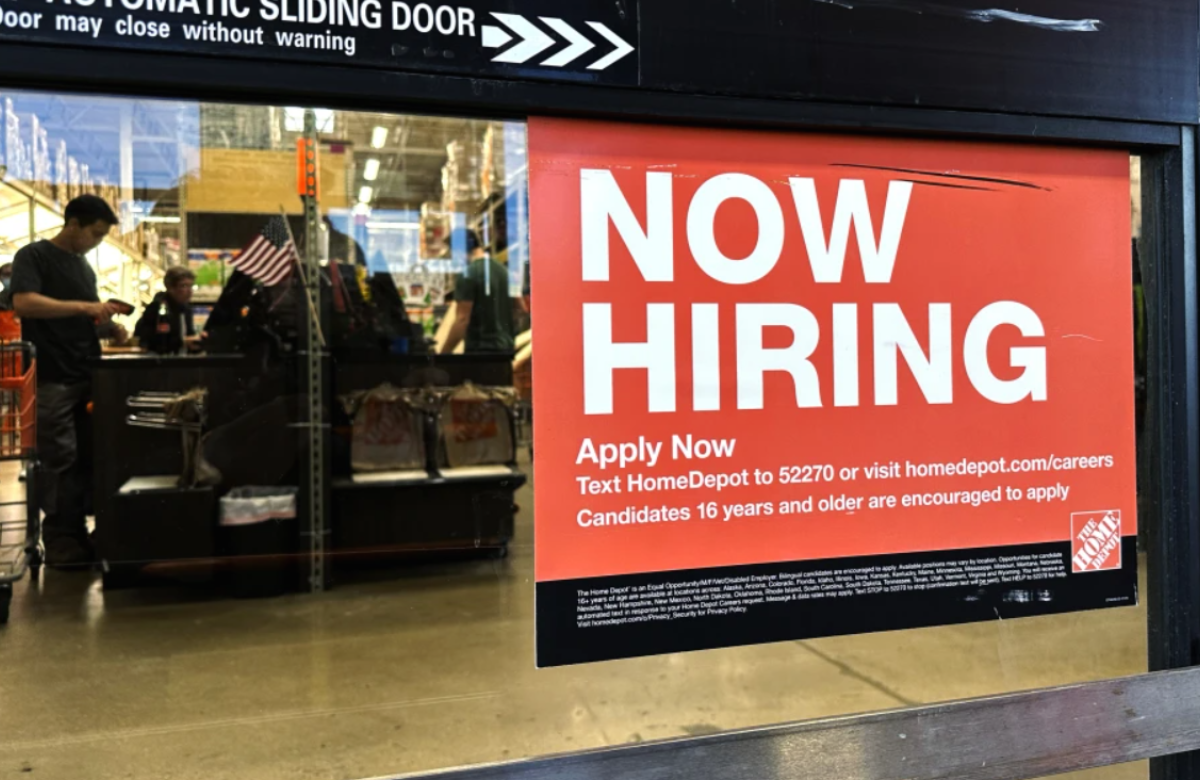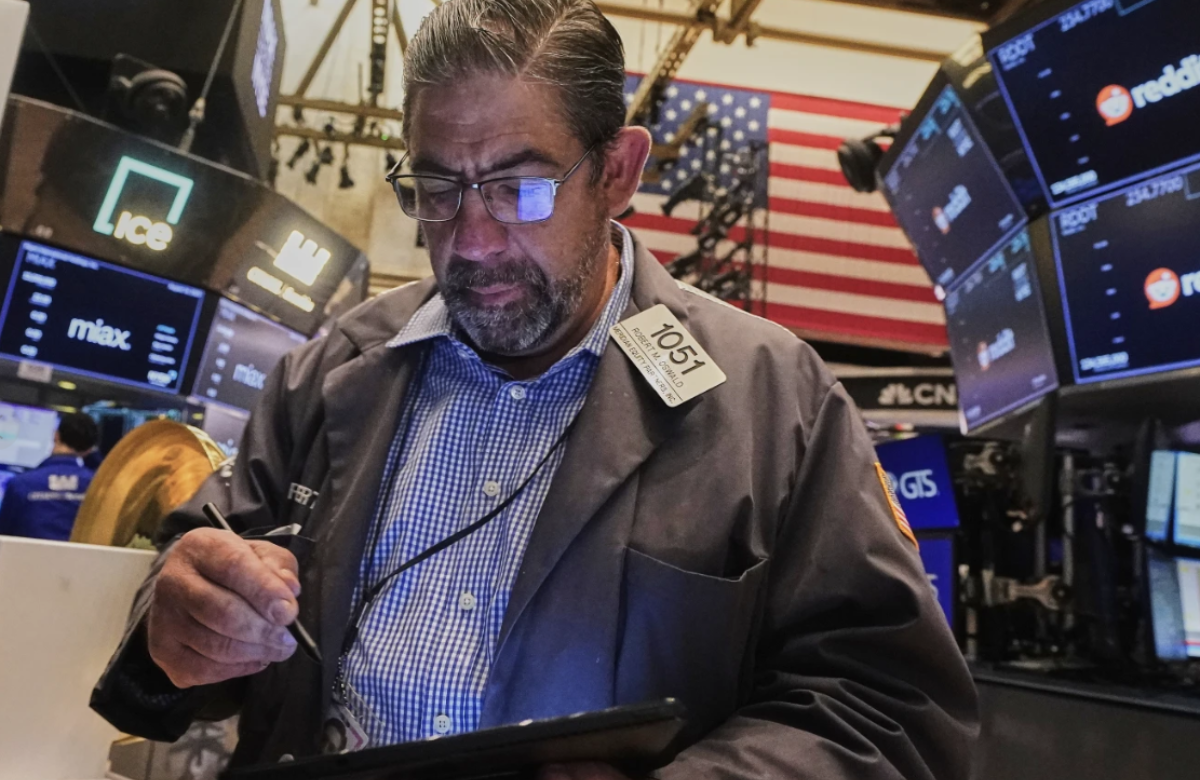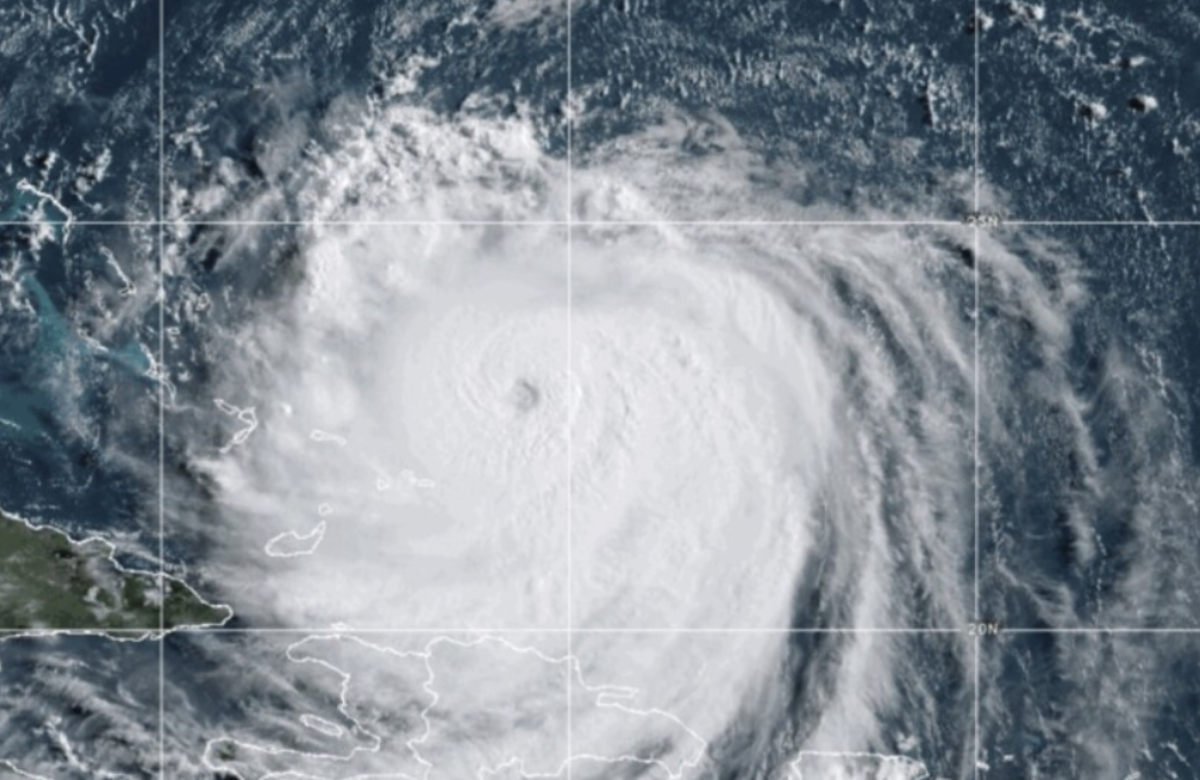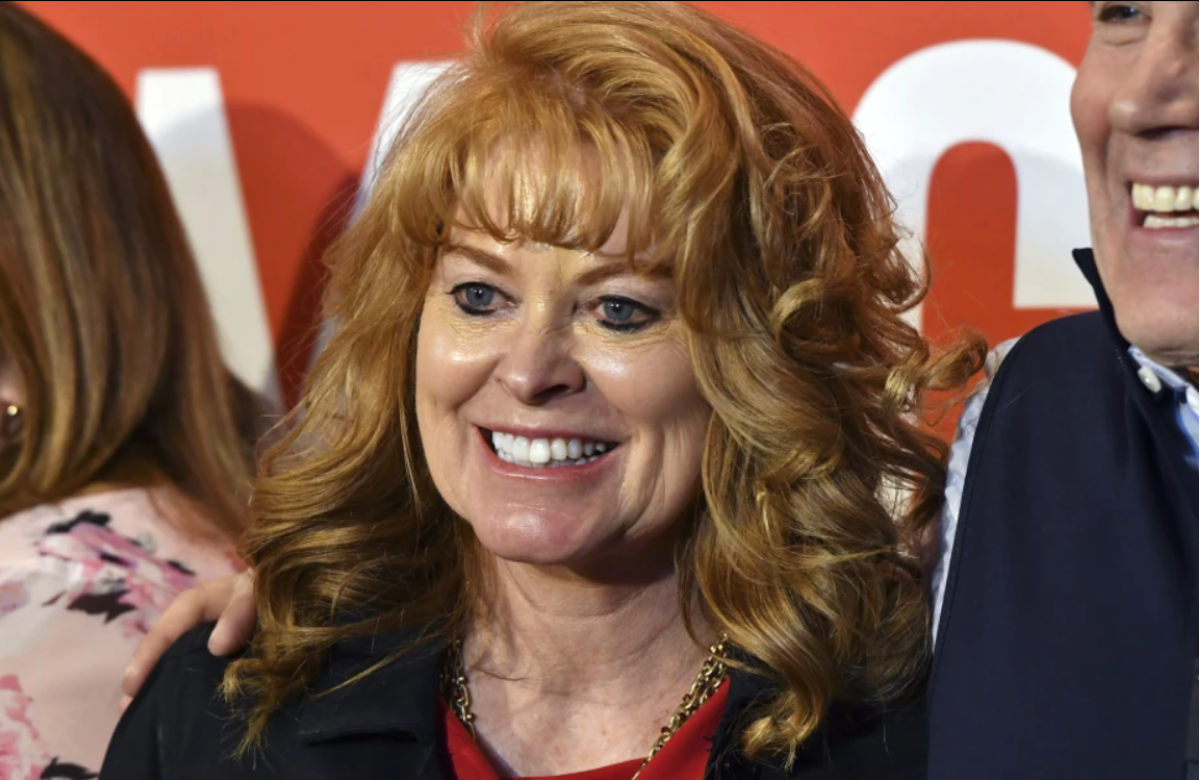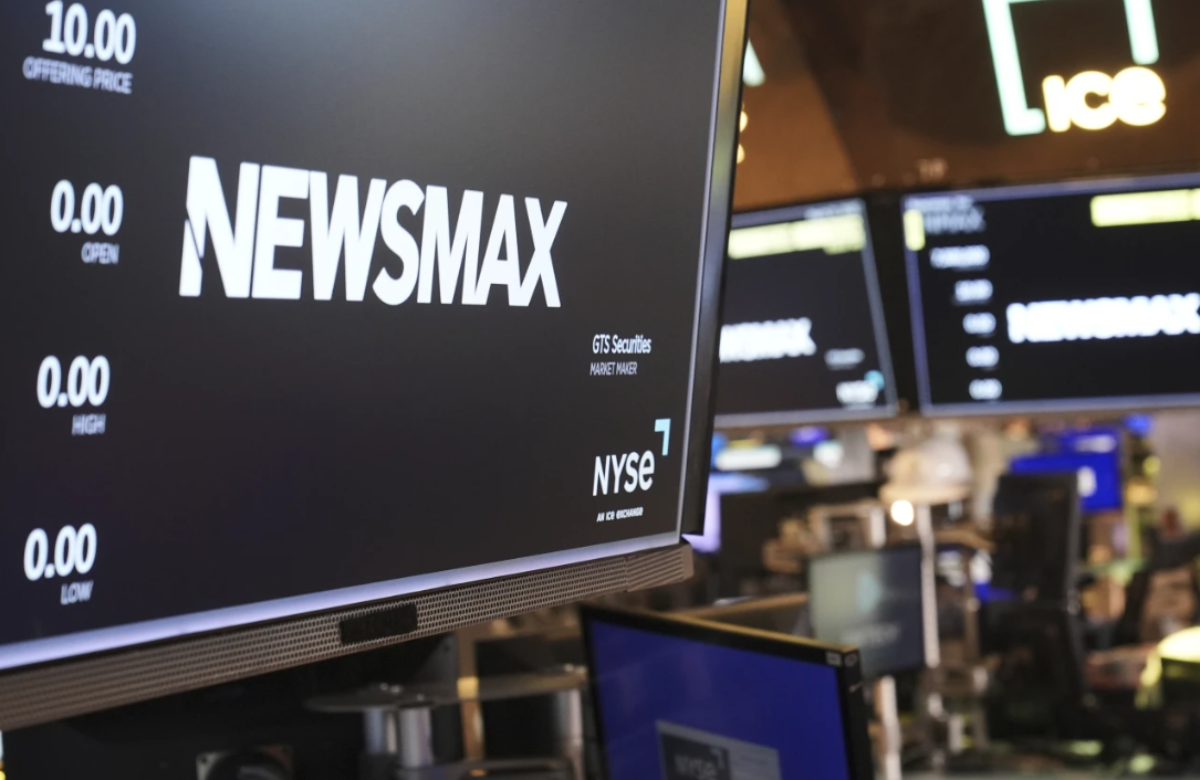The Federal Reserve is almost certain to leave its key interest rate unchanged at this week’s policy meeting, just days after President Donald Trump stated that he would soon call for lower rates.
Under the leadership of Chair Jerome Powell, the Fed has reduced its rate for three consecutive meetings, bringing it down to about 4.3% from a two-decade high of 5.3%. However, with recent economic reports indicating strong job growth and some improvement in inflation, Fed officials have stated that the pace of rate cuts will slow down this year. Some even suggest that only a few cuts may be necessary.
While the two-day meeting that concludes on Wednesday may not bring any major changes, it marks the start of what is expected to be a challenging year for the Fed. Trump, in a statement last Thursday, made it clear that he intends to weigh in on interest rate policy, asserting, “I know interest rates much better than they do.”
At the same time, Fed officials are managing a tricky situation for the economy. They aim to keep borrowing costs high enough to bring inflation down to their 2% target, but they also need to avoid keeping rates too high for too long, which could risk pushing the economy into a recession.
During his previous time in the White House, Trump threatened to fire Jerome Powell, whom he appointed in late 2017, but has since eased off on such threats. Powell’s term as Fed chair lasts until May 2026, at which point Trump could nominate a successor.
Until then, Trump’s comments on Thursday suggest he plans to publicly criticize the Fed regularly, despite a long-standing tradition of previous presidents refraining from interfering with the central bank’s decisions. Former President Joe Biden reappointed Powell, signaling support for the Fed’s independence from political influence.
Vincent Reinhart, chief economist at BNY Investments and a former senior economist at the Fed, believes Powell will not let Trump’s criticisms impact his policy choices. Reinhart stated, “If you value your independence, you have to accept criticism.” He added that if Trump’s remarks are just talk, they are not a major concern for the Fed. “Chair Powell understands this is part of the game,” Reinhart concluded.
Fed officials have made it clear that they are likely to hold off on raising interest rates, at least for January, as they assess the job market and the overall economy.
Fed Governor Christopher Waller mentioned earlier this month in an interview with CNBC that the central bank needs to “wait and see” what happens in January. He explained that more progress on inflation is needed, although he noted that inflation is “very close” to the Fed’s target.
In November, annual inflation was recorded at 2.4% according to the Fed’s preferred measure, which is only slightly above the target, but it has remained steady at this level for about six months. Despite this, there are signs that inflation could ease later in the year. An increase in apartment construction is helping slow the growth of rental costs, and car insurance inflation has also slowed.
Some Fed officials, like Beth Hammack, president of the Cleveland branch, have argued that inflation’s persistence means the Fed should keep interest rates high. Hammack voted against the Fed’s quarter-point rate cut last month.
Hiring surged in December, reversing a slowdown in the fall that had raised concerns for the Fed. Policymakers had decided to cut the Fed’s key rate by half a point in September, partly due to worries that a weakening job market could trigger a recession. However, the unemployment rate dropped to a low 4.1% last month. A significant drop in hiring would likely prompt the Fed to cut rates more aggressively.
In December, Fed officials indicated they expected to reduce rates twice this year. However, the 19-member committee that makes interest rate decisions remains divided. Some members, like Waller and Austan Goolsbee, president of the Fed’s Chicago branch, believe inflation will continue to ease and argue that the Fed doesn’t need to keep rates so high.
On the other hand, officials like Hammack and Jeffrey Schmid, president of the Kansas City branch, maintain that with inflation still above the target and the economy in good shape, there is little need to lower borrowing costs—at least not by much.
A major uncertainty for the Fed this year is whether Trump will impose tariffs, how extensive they will be, and whether they will drive up prices. The mass deportation of immigrants could also lead employers to raise wages to fill jobs, which might further contribute to inflation.
Most economists predict that widespread tariffs could raise inflation by a few tenths of a percentage point. While this increase may not be significant, it could be enough to delay rate cuts by the Fed. It may take months for the tariffs to be implemented and for their impact on the economy to become clear. Some economists believe the effects might not be evident until next year.
Kevin Warsh, a former Fed governor and a potential contender to replace Powell, wrote in a recent Wall Street Journal column that Trump’s plans to reduce regulations could have the opposite effect, lowering business costs and potentially helping to bring down inflation.


